Building A Science Communication Internship At Our Non Profit Organization
By C2ST Staff
Continue reading “Building A Science Communication Internship At Our Non Profit Organization”
By C2ST Staff
Continue reading “Building A Science Communication Internship At Our Non Profit Organization”
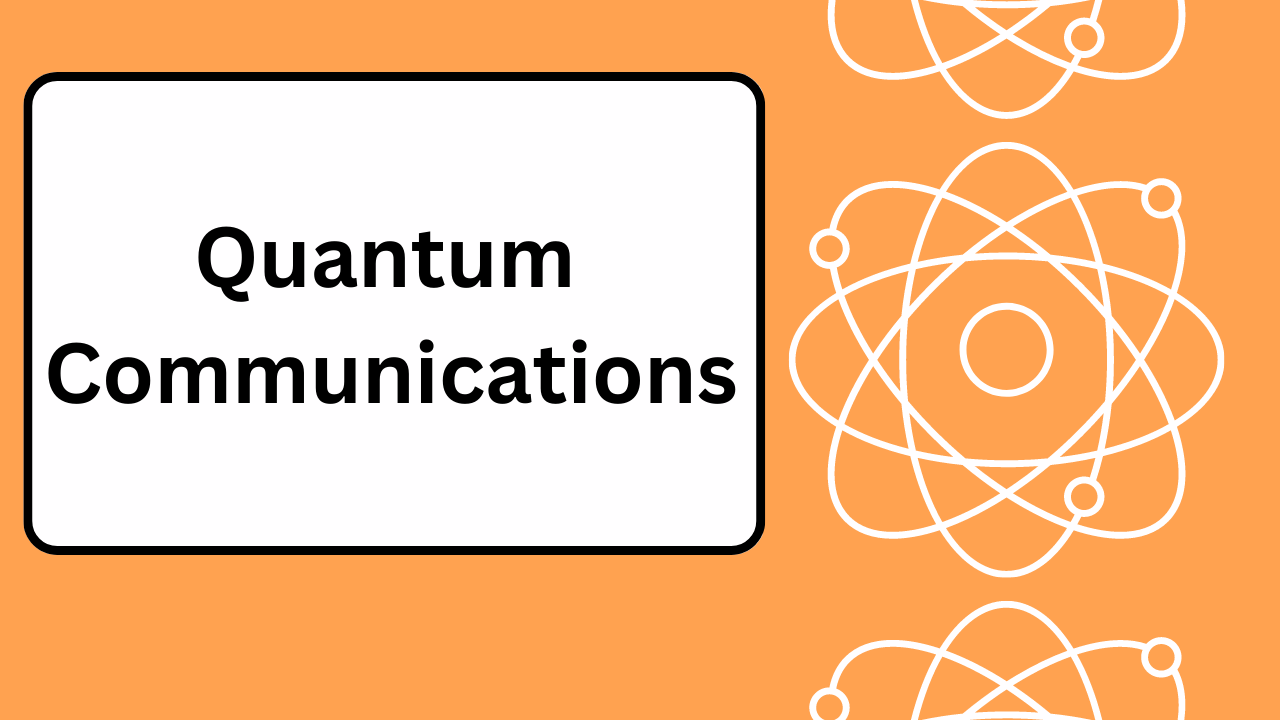
When you hear the word “quantum,” does your mind jump immediately to science fiction? Well, our everyday reality is quickly catching up to what was make-believe! Quantum information science studies matter and energy at the most basic level. Researchers in the field aim to uncover the properties and behaviors of the very building blocks of nature.
Quantum information science (QIS) is an emerging field that spans computation, communication, precision measurement, and fundamental quantum mechanics. Quantum discoveries have been incorporated into our foundational understanding of materials, chemistry, biology, and astronomy. QIS is viewed through three main areas:
Continue reading “All About Quantum Information Science: Communications”
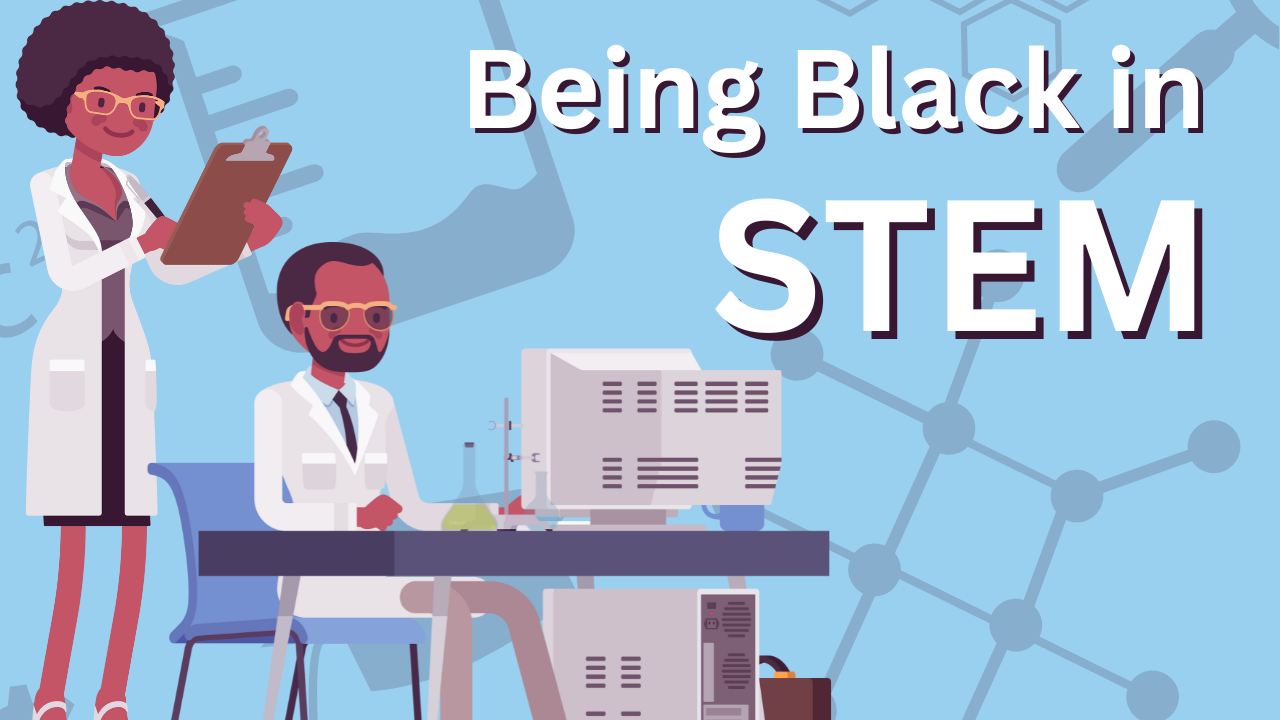
Racialized inequities within STEM, or the unequal distribution of opportunities and resources based on race, have led to disparities in academic achievement and outcomes for BlPOC youth. Black students, in particular, are often underrepresented in STEM fields and are more likely to face barriers preventing them from succeeding.
One factor contributing to this inequality is the historical legacy of racism and discrimination, which has resulted in limited access to quality education, resources, and opportunities for many Black individuals. Additionally, the lack of representation and cultural competence in STEM fields has created a difficult environment for Black students to succeed; role models that reflect Black students can create a STEM environment that is more comfortable and safe to navigate.
By Vivienne Couris, C2ST Intern, DePaul University
Carbs, protein, fat.
These big three macronutrients are names we hear a lot in our everyday lives, but what are they, really? Most people are familiar with protein and its importance for building muscle, and we know that carbohydrates give you energy, but what about fats? These nutrients are often overlooked, and even feared when, in reality, they are incredibly beneficial to sustaining a healthy body and feeling great. In this post, we’ll discuss why!
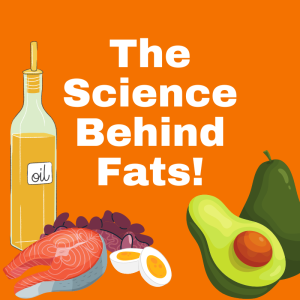
Continue reading “The Science Behind Fat: Why This Nutrient Is So Good for You”
By Ariane Tsai, C2ST Intern, University of Illinois Urbana-Champaign, Institute for Genomic Biology
In a recent blog post, we looked at adaptive immunity and how T cells and B cells react to seeing a pathogen in our bodies. But T cells and B cells are not the only immune cells fighting against outside invaders. In this post, we will look at other formidable, innate immune cells and learn how they protect our bodies as first responders!
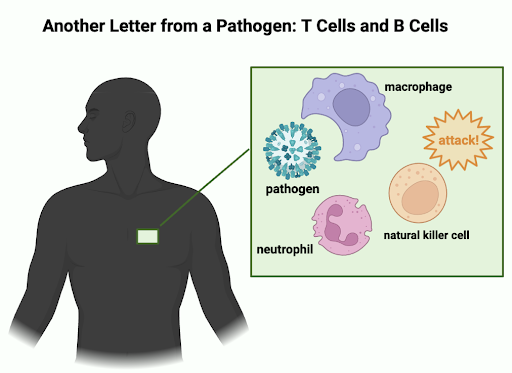
Continue reading “Another Letter from a Pathogen: Neutrophil & Macrophages”
By Laura Tran, PhD, C2ST Intern, Rush University
Blood is the fluid of life.
It contains three types of cells: platelets, white blood cells, and red blood cells. (1) Platelets are responsible for forming blot clots when we are injured. White blood cells are responsible for aiding our immune system by fighting off infection. Red blood cells carry oxygen throughout the body.
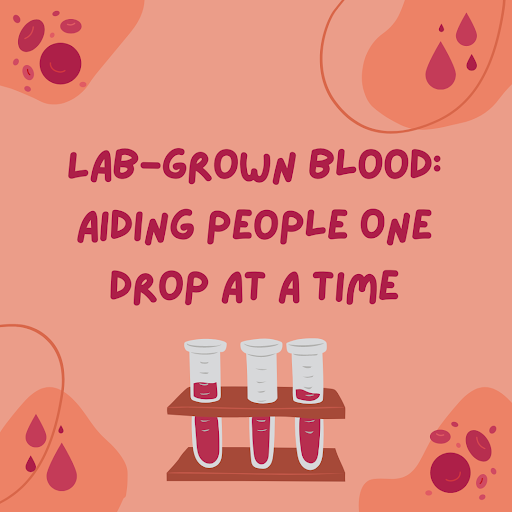
Continue reading “Lab-Grown Blood: Aiding People One Drop At A Time”